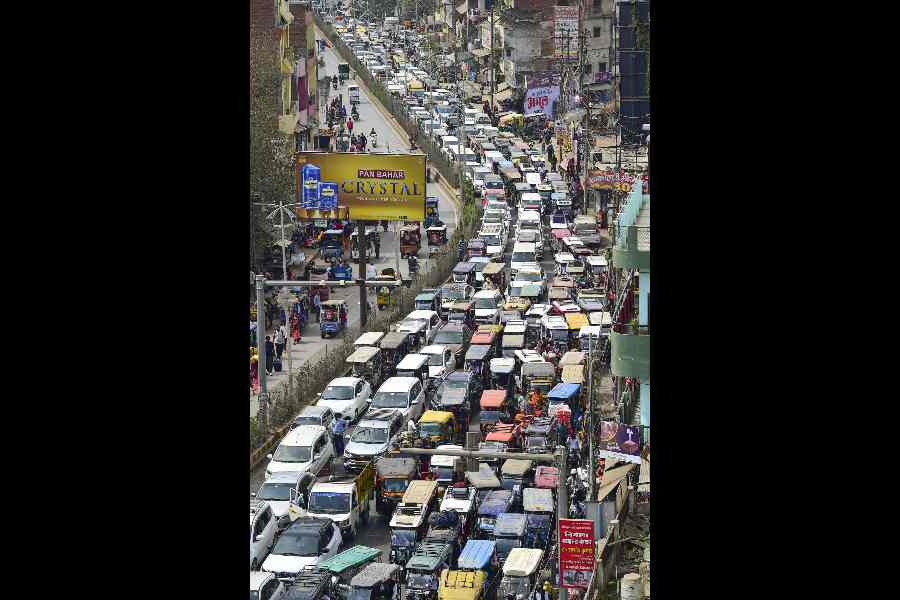In India’s conservation story, a step forward is often accompanied by a couple of steps back. There are few other ways to describe the discouraging official data that have emerged regarding the country’s tiger population. The figures show that over the last eight years, as many as 750 tigers have died in India owing to a variety of causes, with Madhya Pradesh recording the highest number of deaths at 173. While many of these were natural deaths, there is cause for concern: the toll on account of poaching, the second biggest cause for the casualties, stands at a worrying 168. The picture worsens when the data are examined in the context of the figures released just last year. In 2019, the National Tiger Conservation Authority said that the number of tigers in the wild in India had recorded a heartening rise of 33 per cent. Moreover, the Union environment minister, Prakash Javadekar, announced as recently as December that in the past four years, India’s tiger population had increased by 750 from 2,226 to 2,976. Of what use are such ‘accomplishments’ when the progress is being impeded by unchecked poaching?
While it is true that surveillance on the ground has suffered on account of the nationwide lockdown, the absence of manpower or patrolling cannot be attributed to the pandemic alone. It has only been a few months since the contagion struck; the poaching data cover eight years. The high toll does indicate a paucity of trained, well-paid and well-equipped forest department personnel and, crucially, modern technology for surveillance, such as drones for monitoring big cat movement as well as illegal human activity. What this also reveals is the State’s marked lack of investment in conservation infrastructure. This absence of interest in protecting the nation’s biodiversity has larger implications; it would bolster the growing asymmetry between conservation and development. In 2018, the National Green Tribunal had to issue a show-cause notice to the Centre and the Uttarakhand government for approving the construction of a link road through the Corbett Tiger Reserve even though the Supreme Court had prohibited any tree felling or road building in such an ecologically sensitive area. Such flagrant habitat destruction leads to tigers straying into human settlements, leading to an escalation in the man-animal conflict. The latter fractures the organic bond of coexistence between local communities and forest dwelling animals, an erosion that can spell disaster for the future of conservation. These are complicated challenges; the fate of India’s tigers will hinge on how the State and society respond to them.












